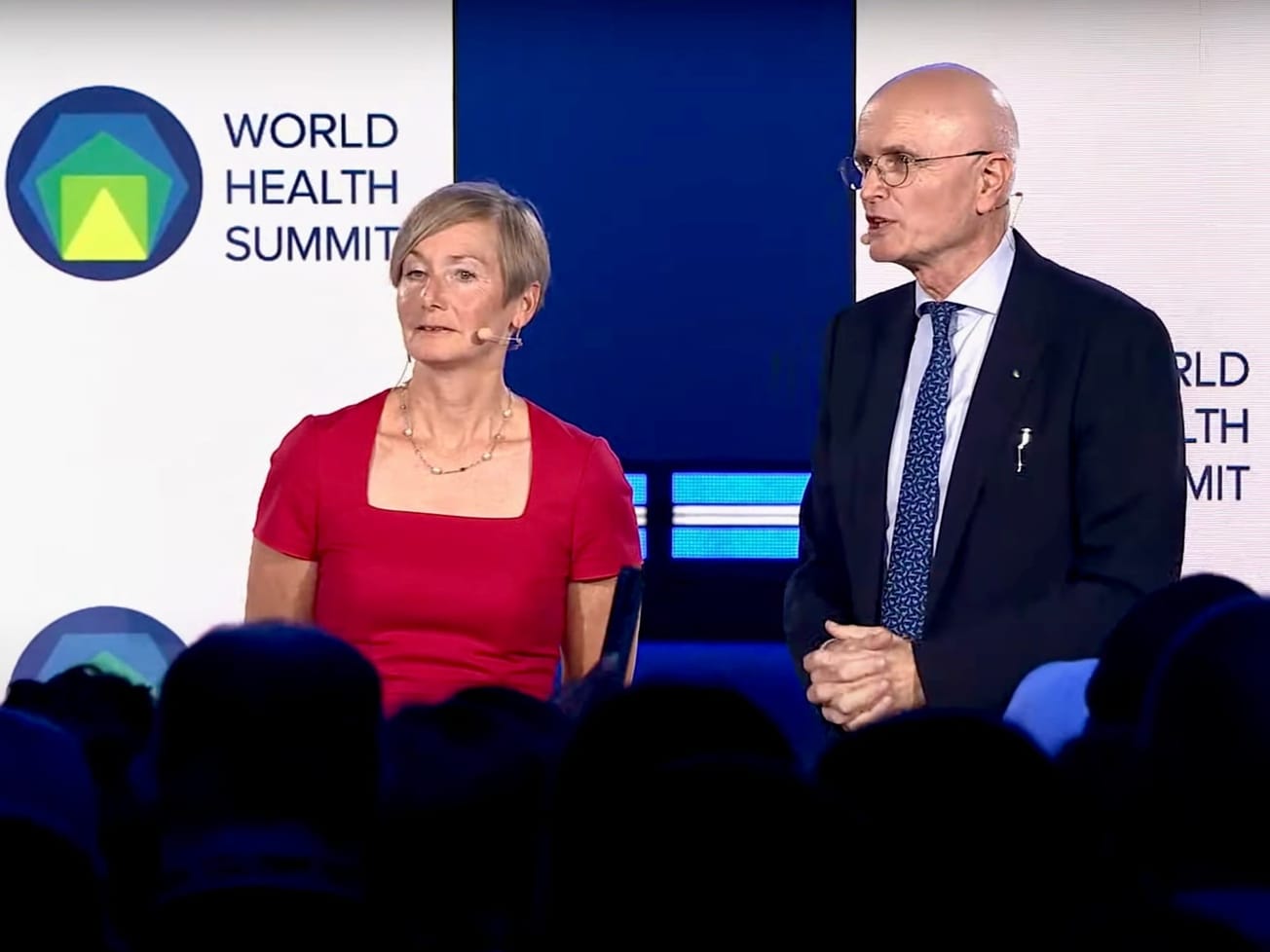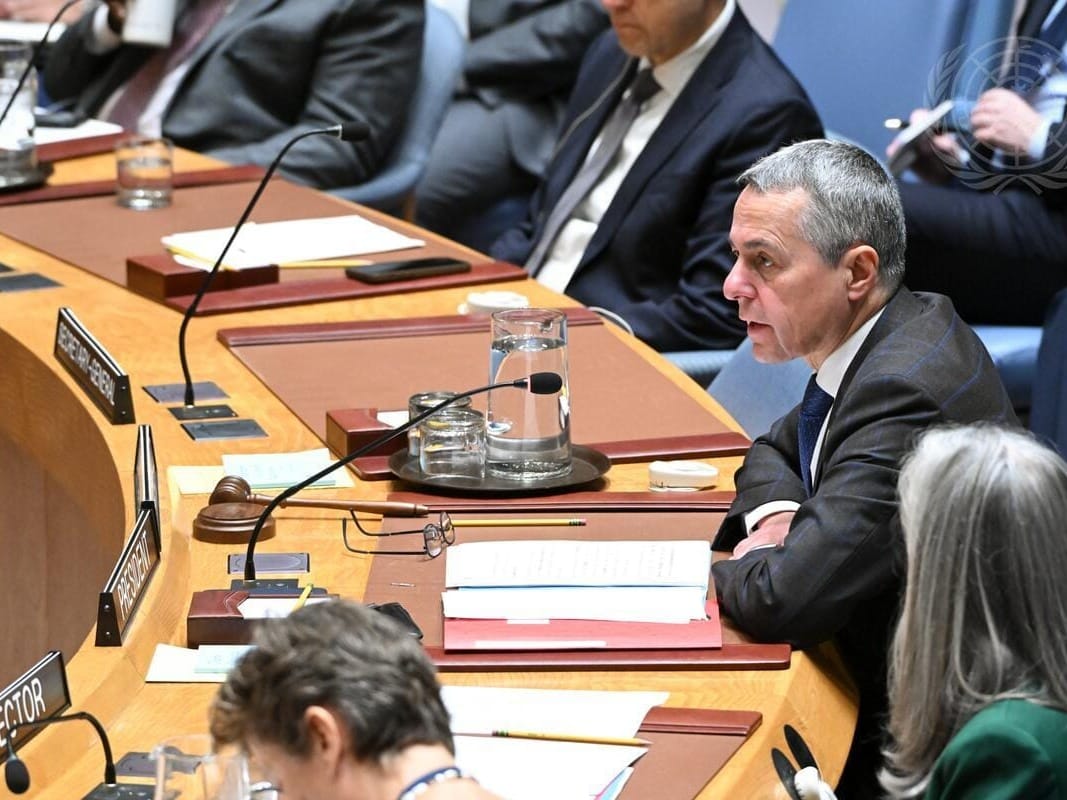Almost 1.9 billion people in Asia and the Pacific – about one-quarter of the world's population – can't afford a healthy diet and urgent action is needed to combat related health problems, four United Nations agencies warned.
The new U.N. report on Tuesday blamed a “5F” crisis – lack of food, feed, fuel, fertilizer and finance – for the growing hunger, lack of nutrition and associated medical issues in the region due to conflicts, climate and other factors.
It shows that 396 million people in the region were undernourished and an estimated 1.05 billion people suffered from moderate or severe food insecurity in 2021.
Globally, food insecurity rose to more than 29% in 2021, up from 21% in 2014.
"I regret to say that the picture in Asia and the Pacific continues to deteriorate," said Jong-Jin Kim, the Food and Agriculture Organization's assistant director-general and regional representative for Asia and the Pacific, the world's most populous region.
"This region has the highest level of stunting and wasting among children under five," he said. "We have made some progress on one indicator – that is just about the only good news."
As the pace of urbanization quickens in Asia-Pacific region, so too does the threat of urban food insecurity – according to the main findings of a new report #SOFI2022 by four @UN agencies.
— FAO Asia Pacific (@FAOAsiaPacific) January 24, 2023
🗞️ Joint Press Release: https://t.co/FhJ5X2Yf3X
More info: https://t.co/PZnHTHU1Tg pic.twitter.com/DQFkeKebLg
High food prices, widespread poverty
Almost 75 million children younger than five in the region are stunted, equal to half of the world’s total, and 10% are affected by wasting. Children who are overweight or obese are also affected by a poor quality of diet – which is unaffordable in most countries for some 44.5% of the region’s population.
The average cost of a health diet has risen to US$3.98 per day due to the COVID-19 pandemic and inflation, according to the report prepared by the FAO, UNICEF, World Food Program and World Health Organization.
FAO’s Food Price Index hit a record in March 2022 but declined in recent months as commodity prices fell. Still, they're up 28% from 2020 when the pandemic began.
That's making life even harder for the 648 million people, or about 8% of the global population, that live in extreme poverty, or less than US$2.15 per day.








